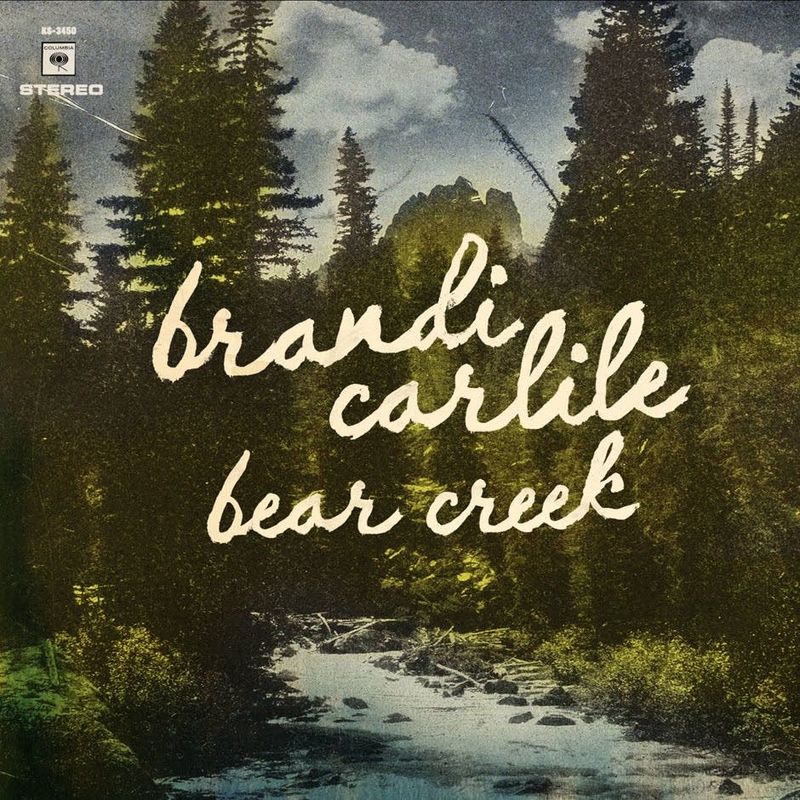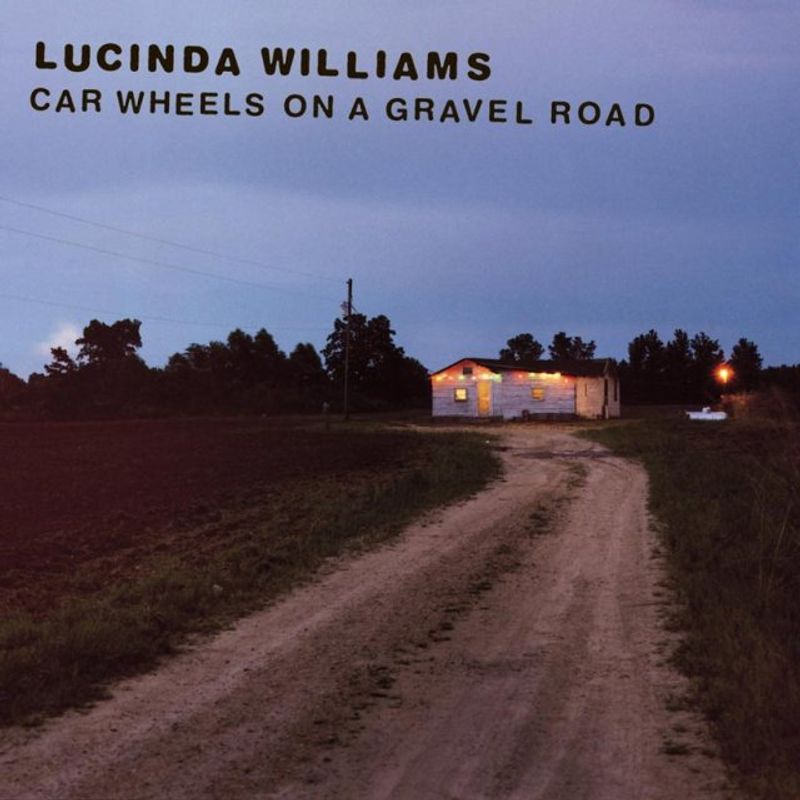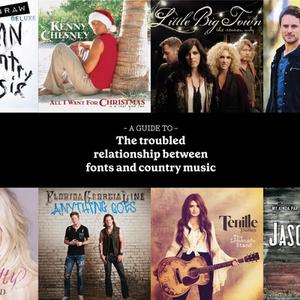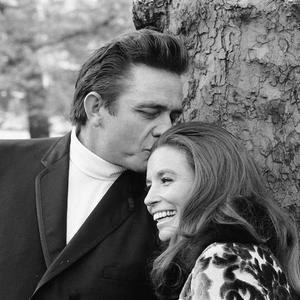



Link copied

There’s a joke you’ll often hear around the Holler office that simply never gets old.
Q: “How many Americana artists does it take to change a light bulb?”
A: “What even is Americana?”
Heh heh...
Following my investigation into the troubled relationship between fonts and country music, Holler handed me a bulging file for a case that had clearly been puzzling them for some time. I got the feeling I wasn’t the first investigative journalist to look into this one. It was a big story alright, a real humdinger. If I could crack this one, then one of the greatest mysteries of the modern era would finally be solved. Holler were asking me to reopen the investigation into the very genre of music that they were dedicated to covering, and if I could get to the bottom of it, there could be serious ramifications for the whole of country music. So, to paraphrase a certain Bernie Sanders meme, I am once again asking… what is Americana?
As a lifelong country music fan, it was a question I was already very familiar with. At least once a month, someone will ask me to explain to them what Americana is – just yesterday my Aunty Val emailed me about it - but up until now, I don’t feel like I’ve ever been able to give anyone a satisfactory answer. It seems that it wasn’t just a question that baffled my dear Aunt either. Every year I attend the Americana Music Association UK annual conference in London - a fun-filled three-day event of talks, workshops, live music and prizes – and one of the main topics of conversation is always trying to pin down exactly what Americana really is.

Charley Crockett
With this in mind, I began my investigation. I wanted answers, and it felt like if I was going to find them anywhere, then this was the place. I remembered someone once insisting that Americana was different from what they kept calling “big hat country”. Was it really as simple as that? Hats certainly seemed important to this attendee, and as soon as I began looking into it, I could see exactly what he meant - I was embarrassed I hadn’t seen it sooner. Americana artists wore much smaller hats than country artists, and they almost always had flat brims - unlike the larger curved and creased hats country singers famously wear. Some of the Americana artists even wore flat caps! It essentially told me, if a singer looks like Indiana Jones or Willy Wonka - or even an extra from Peaky Blinders - then they’re probably Americana, but if they look like Woody and Jessie from Toy Story, they’re country. Case closed! Except that doesn’t explain why Charley Crockett is Americana - he always wears big hats with curved brims. This isn’t going to be straightforward at all.
“What was it, I wondered, that made some country artists just “country” and other country artists “Americana”, even when they’re wearing the right hats?”
According to the AMA UK, “Americana” is “Contemporary music that incorporates elements of various, mostly acoustic, American roots music styles; including country, rock, folk, gospel and bluegrass, resulting in a distinctive roots-oriented sound that lives in a world apart from the pure forms of the genres upon which it may draw”. That seemed simple enough, but it still didn’t explain why artists like Margo Price and Loretta Lynn were Americana. If I looked at their hats, they were clearly country artists. What was it, I wondered, that made some country artists just “country” and other country artists “Americana” as well, even when they’re wearing the right hats?
“It takes an Americana song five minutes to say what a country song says in three,” Sturgill Simpson once quipped. Ha! That must be it, Americana is just what people call country music when the songs get too long for radio. I checked Spotify, and there aren’t any songs coming in over four minutes on the Hot Country playlist, but on the Americana-leaning Indigo, a third of them are over four minutes long. There are only four songs out of a hundred that clock in below three minutes. One song by Billy Strings is nearly eight minutes long! Sturgill was absolutely right; it’s all defined by smaller hats and longer songs.
Brilliant. I was really beginning to get to the bottom of this.
I remembered a keynote speech that Billy Bragg gave a few years ago at the AMA UK conference in London, where he said, “Americana is country music for people who like the Smiths”. I’d often heard other people say that one of the ways Americana is different from country, is the way it takes in a lot more influences from other genres. Aha! “Other genres”, like hip hop and R&B? If so, that’s very exciting news for Lil Nas X and Sam Hunt; they’ll be cleaning up at the next AMA Awards. But wait, hang on, they wear the wrong hats - this is complicated. After all, you’d think Sam Hunt - with his R&B infused trap beats and hip-hop vocal phrasing – must be as far away from the “pure form” of country music as Jason Isbell is, but it doesn’t seem to be as simple as that. Americana really is very complicated. It is confusing and tiring. No wonder Americana artists always sing with their eyes closed.
I decided to look at some Americana album covers to see if there were any clues there. I’d already done a full investigation into country music fonts for Holler, so perhaps there were some answers to be found. Artists like Jason Isbell and Brandi Carlile were definitely using thinner stroked typefaces; sometimes with flourishes on key letters, all generally less flowery and more old-fashioned than those on country music albums. Sometimes they’d use simple block lettering - and occasionally a grainy version of the American typewriter font - but mainly they were using the same fonts you might find on craft beer bottles or your local hipster’s favourite beard oil.

2012 | Columbia Records
The album covers themselves looked back to a bygone era; a simpler time when people brewed their own beer and washed their knitted vests in the same tin bathtubs. A time when men held their trousers up with hand-tanned suspenders and shaved with straight-edge razors, while people grew their own vegetables and baked their own bread. The covers of the albums captured a mythic idea of rural America, frozen in time between the two world wars; the rusty reds, off whites and blues of a weather-beaten American flag, still flying against the cruel winds of progress.
“Old broken things also help remind us there’s always darkness and trouble around the corner; whether it’s a poor harvest or unemployment, or even simply a murder”
Now, nothing says “authentic” rural America like a fence that’s seen better days and a sundried patch of grass. It’s as American as the apple pie your great-grandma used to bake from the freshly fallen apples off the tree in her old back yard. Rusting agricultural machinery, or an old abandoned barn can also be used to give a cover an old-timey charm, reminding you of gentler times that have since been lost. Old broken things also help remind us there’s always darkness and trouble around the corner; whether it’s a poor harvest or unemployment, or even simply a murder. If you haven’t got a back yard, then a simple photo of a road on the cover will do - just so long as it’s deserted and - much like the songs – rather quite long.

Mercury Records | 1998
My friends and I often play Americana Bingo at the annual AMA UK awards show, and “Someone Singing A Song About A Road” is always one of the first boxes to be crossed out; along with “Small Hat”, “Song About A River”, “Singer Singing With Eyes Closed”, “Someone Asking Which Types Of Bourbon The Bar Has”, “A Song We’ve Never Heard Of Being Nominated For Song Of The Year” and “Someone Referring To Baylen Leonard In A Speech Simply As Baylen”. Yet the one word that gets crossed off almost immediately, and that kept appearing a lot in my investigation, was “Authenticity”. It was here I began to wonder whose experiences such a “voice” was being “authentic” to. Whose musical roots were these? If it was simply a catch-all umbrella term for American roots music then why wasn’t jazz - also with its roots in blues and ragtime - included under the same umbrella. Wasn’t it also “authentic” American Roots Music?
Unfortunately, this was as far as my investigations would take me this time. For now, I’m handing back the case file with some fresh pages of evidence - which, to be honest, are mainly just pictures of hats I’ve printed off - and a few extra notes in the margins about roads and the lengths of songs, but sadly no real conclusions. It’s a mystery that for now remains very much unsolved. At least until the next time, when someone else is once again asking… what is Americana?




